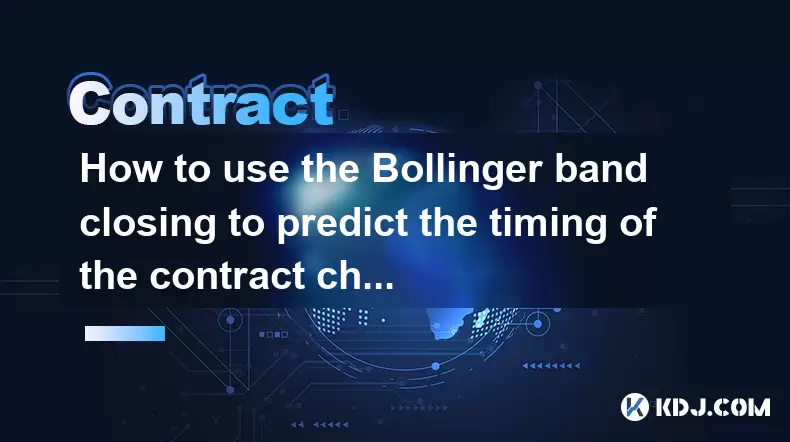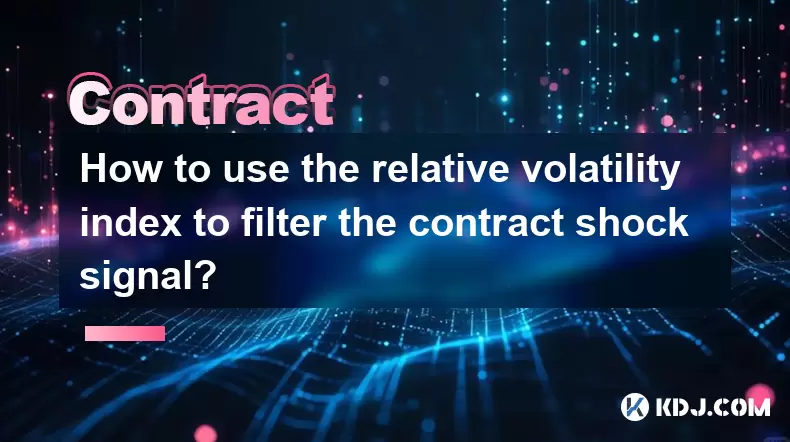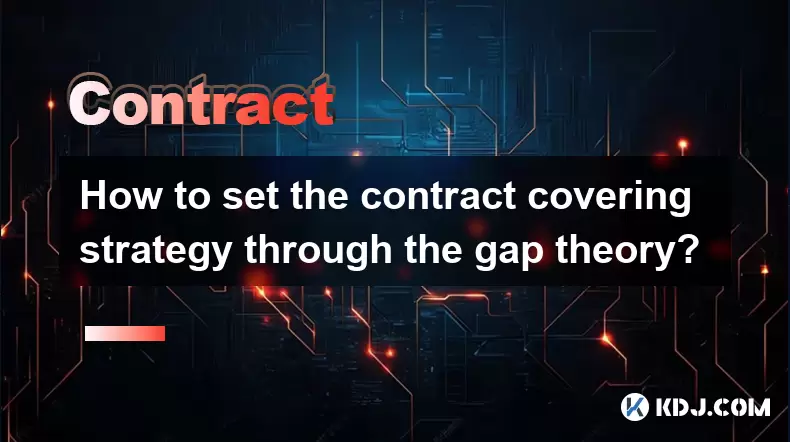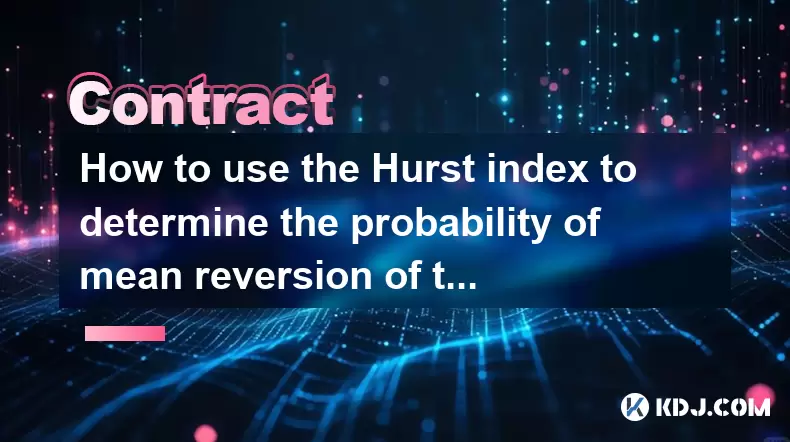-
 Bitcoin
Bitcoin $106,754.6083
1.33% -
 Ethereum
Ethereum $2,625.8249
3.80% -
 Tether USDt
Tether USDt $1.0001
-0.03% -
 XRP
XRP $2.1891
1.67% -
 BNB
BNB $654.5220
0.66% -
 Solana
Solana $156.9428
7.28% -
 USDC
USDC $0.9998
0.00% -
 Dogecoin
Dogecoin $0.1780
1.14% -
 TRON
TRON $0.2706
-0.16% -
 Cardano
Cardano $0.6470
2.77% -
 Hyperliquid
Hyperliquid $44.6467
10.24% -
 Sui
Sui $3.1128
3.86% -
 Bitcoin Cash
Bitcoin Cash $455.7646
3.00% -
 Chainlink
Chainlink $13.6858
4.08% -
 UNUS SED LEO
UNUS SED LEO $9.2682
0.21% -
 Avalanche
Avalanche $19.7433
3.79% -
 Stellar
Stellar $0.2616
1.64% -
 Toncoin
Toncoin $3.0222
2.19% -
 Shiba Inu
Shiba Inu $0.0...01220
1.49% -
 Hedera
Hedera $0.1580
2.75% -
 Litecoin
Litecoin $87.4964
2.29% -
 Polkadot
Polkadot $3.8958
3.05% -
 Ethena USDe
Ethena USDe $1.0000
-0.04% -
 Monero
Monero $317.2263
0.26% -
 Bitget Token
Bitget Token $4.5985
1.68% -
 Dai
Dai $0.9999
0.00% -
 Pepe
Pepe $0.0...01140
2.44% -
 Uniswap
Uniswap $7.6065
5.29% -
 Pi
Pi $0.6042
-2.00% -
 Aave
Aave $289.6343
6.02%
How to use the Bollinger band closing to predict the timing of the contract change?
Bollinger Band closures near contract expiry can signal potential reversals, helping traders time exits or roll-overs by analyzing price interaction with bands, volume, and open interest.
Jun 19, 2025 at 11:07 pm

Understanding the Bollinger Band Closing Mechanism
The Bollinger Bands are a technical analysis tool developed by John Bollinger. They consist of a middle band (usually a 20-period simple moving average) and two outer bands that represent standard deviations from this middle line. In cryptocurrency trading, especially in futures contracts, understanding how the price interacts with these bands is crucial for timing trades.
When the price touches or closes near either the upper or lower band, it signals overbought or oversold conditions respectively. This phenomenon is often referred to as a "Bollinger Band closing." The term implies that the market may be reaching an extremity and could reverse shortly. Traders use this signal to anticipate potential reversals or trend continuations, particularly when preparing for contract expiration dates.
Correlation Between Bollinger Band Closures and Contract Expirations
In crypto futures markets, positions are typically held until the contract expires. Timing the market correctly before expiry can significantly impact profitability. When a Bollinger Band closing occurs just before a contract's settlement date, it can provide insight into short-term price behavior.
If the price closes near the upper band before expiry, it may suggest strong bullish momentum but also possible exhaustion. Conversely, a close near the lower band might indicate bearish dominance nearing the settlement. However, this must be interpreted alongside volume and open interest data to confirm strength or weakness.
Steps to Identify Valid Bollinger Band Closing Signals
To effectively utilize Bollinger Band closures for predicting contract change timing, traders should follow specific steps:
- Adjust the Bollinger Band settings to match the time frame being analyzed. For instance, if you're trading on a 4-hour chart ahead of a weekly expiry, ensure the band reflects volatility accurately.
- Observe multiple touches or closings near the same band. A single touch may not be reliable, but repeated interactions increase validity.
- Check for divergence between price action and other indicators like RSI or MACD. If the price makes a new high but the indicator doesn't, a reversal may be imminent.
- Analyze candlestick patterns forming at the band extremes. Bullish or bearish engulfing candles can enhance the reliability of the signal.
- Monitor exchange-specific factors, such as funding rates and open interest, which influence price behavior before contract settlements.
Integrating Bollinger Band Closures with Other Indicators
Relying solely on Bollinger Bands can lead to false signals. Therefore, combining them with complementary tools enhances accuracy. One effective method is using volume profiles to assess whether the price movement toward a band has strong support from increased trading activity.
Additionally, applying moving average crossovers can help determine the prevailing trend direction. For example, if the price is approaching the upper Bollinger Band while the 50-period moving average crosses above the 200-period one, it reinforces the bullish bias.
Another useful addition is the Volatility Index (VIX) for crypto, which measures market fear and uncertainty. High volatility readings during a Bollinger Band closure may indicate an upcoming sharp move, possibly influencing your decision to roll over or close positions before expiry.
Practical Application: Timing Your Contract Exit or Roll Over
Using Bollinger Band closures to decide when to exit or roll over a futures contract involves several practical considerations:
- Identify the exact expiry date of your contract and align your chart accordingly. Most exchanges publish schedule details; ensure you’re analyzing the correct time window.
- Mark key levels on your chart, including recent swing highs/lows and previous Bollinger Band interaction points. These can act as reference zones for potential exits.
- Set conditional orders based on proximity to the bands. For example, place a take-profit order if the price closes above the upper band with confirmation from another indicator.
- Evaluate the funding rate environment. If the band closure coincides with a significant shift in funding rates, it may indicate institutional positioning affecting the final price.
- Avoid last-minute decisions. Use Bollinger Band closures as early warning signs rather than precise execution triggers. Always leave room for slippage and market noise.
Frequently Asked Questions
Q1: Can Bollinger Band closures be used across all cryptocurrencies?
Yes, Bollinger Bands are applicable to any tradable asset, including major cryptocurrencies like Bitcoin, Ethereum, and altcoins. However, their effectiveness varies depending on liquidity and volatility. More liquid assets tend to produce more reliable signals.
Q2: What time frame is best suited for analyzing Bollinger Band closures before contract expiry?
The optimal time frame depends on the trader’s strategy and the duration of the contract. Day traders might focus on 1-hour or 4-hour charts, whereas position traders may analyze daily charts. It’s essential to align the chart interval with your holding period.
Q3: Is there a risk of false signals when using Bollinger Band closures?
Absolutely. Markets can remain overbought or oversold for extended periods, especially during strong trends. That’s why confirming signals through additional tools like volume, candlestick patterns, or divergence checks is critical.
Q4: How does the Bollinger Band width affect its predictive power before expiry?
A narrower band suggests low volatility and may precede a breakout, while a wider band indicates high volatility. Before expiry, sudden expansions in band width can signal rapid price moves, making it harder to predict the exact turning point without supplementary analysis.
Disclaimer:info@kdj.com
The information provided is not trading advice. kdj.com does not assume any responsibility for any investments made based on the information provided in this article. Cryptocurrencies are highly volatile and it is highly recommended that you invest with caution after thorough research!
If you believe that the content used on this website infringes your copyright, please contact us immediately (info@kdj.com) and we will delete it promptly.
- RUVI AI: The Audited Solana Token Promising to Outshine Bitcoin
- 2025-06-20 04:25:12
- SEI Price Surges Amid WYST Stablecoin Buzz: What's Next for Sei Network?
- 2025-06-20 04:25:12
- Stablecoin Revolution: US Senate Paves the Way with Federal Law
- 2025-06-20 04:45:12
- Ripple, Coinbase, and Crypto Selloffs: What's the Deal?
- 2025-06-20 05:05:12
- Early-Stage Crypto Projects on Solana: Finding the Next Big Thing
- 2025-06-20 05:23:59
- Chainlink Price Prediction: Is the Accumulation Phase Here?
- 2025-06-20 05:45:12
Related knowledge

How to determine the expected volatility of the contract through the volatility cone?
Jun 19,2025 at 12:28pm
Understanding the Basics of Volatility in Cryptocurrency ContractsIn the realm of cryptocurrency trading, volatility is a key metric that traders use to assess potential risk and reward. When dealing with futures contracts, understanding how volatile an asset might become over time is crucial for position sizing, risk management, and strategy developmen...

How to use the volume swing indicator to predict the contract volume-price divergence?
Jun 18,2025 at 11:42pm
Understanding the Volume Swing IndicatorThe volume swing indicator is a technical analysis tool used primarily in cryptocurrency trading to evaluate changes in volume over time. Unlike price-based indicators, this metric focuses solely on trading volume, which can provide early signals about potential market reversals or continuations. The key idea behi...

How to use the Gaussian channel to set the contract trend tracking stop loss?
Jun 18,2025 at 09:21pm
Understanding the Gaussian Channel in Cryptocurrency TradingThe Gaussian channel is a technical indicator used primarily in financial markets, including cryptocurrency trading, to identify trends and potential reversal points. It is based on statistical principles derived from the normal distribution, commonly known as the Gaussian distribution or bell ...

How to use the relative volatility index to filter the contract shock signal?
Jun 18,2025 at 08:56pm
Understanding the Relative Volatility Index (RVI)The Relative Volatility Index (RVI) is a technical indicator that helps traders assess the volatility of an asset in relation to its recent price movements. Unlike traditional indicators like Bollinger Bands or Average True Range, RVI focuses on the deviation of prices from their mean over a specific peri...

How to set the contract covering strategy through the gap theory?
Jun 20,2025 at 12:49am
Understanding the Gap Theory in Cryptocurrency TradingThe gap theory is a widely used concept in technical analysis, particularly relevant to cryptocurrency markets due to their high volatility and 24/7 trading nature. A gap occurs when the price of an asset opens significantly higher or lower than the previous closing price, with no trading activity ta...

How to use the Hurst index to determine the probability of mean reversion of the contract?
Jun 18,2025 at 11:07pm
Understanding the Hurst Index in Cryptocurrency TradingThe Hurst index, also known as the Hurst exponent, is a statistical tool used to determine the long-term memory of time series data. In the context of cryptocurrency contracts, it helps traders assess whether the price movement exhibits trends, randomness, or mean reversion. This becomes crucial whe...

How to determine the expected volatility of the contract through the volatility cone?
Jun 19,2025 at 12:28pm
Understanding the Basics of Volatility in Cryptocurrency ContractsIn the realm of cryptocurrency trading, volatility is a key metric that traders use to assess potential risk and reward. When dealing with futures contracts, understanding how volatile an asset might become over time is crucial for position sizing, risk management, and strategy developmen...

How to use the volume swing indicator to predict the contract volume-price divergence?
Jun 18,2025 at 11:42pm
Understanding the Volume Swing IndicatorThe volume swing indicator is a technical analysis tool used primarily in cryptocurrency trading to evaluate changes in volume over time. Unlike price-based indicators, this metric focuses solely on trading volume, which can provide early signals about potential market reversals or continuations. The key idea behi...

How to use the Gaussian channel to set the contract trend tracking stop loss?
Jun 18,2025 at 09:21pm
Understanding the Gaussian Channel in Cryptocurrency TradingThe Gaussian channel is a technical indicator used primarily in financial markets, including cryptocurrency trading, to identify trends and potential reversal points. It is based on statistical principles derived from the normal distribution, commonly known as the Gaussian distribution or bell ...

How to use the relative volatility index to filter the contract shock signal?
Jun 18,2025 at 08:56pm
Understanding the Relative Volatility Index (RVI)The Relative Volatility Index (RVI) is a technical indicator that helps traders assess the volatility of an asset in relation to its recent price movements. Unlike traditional indicators like Bollinger Bands or Average True Range, RVI focuses on the deviation of prices from their mean over a specific peri...

How to set the contract covering strategy through the gap theory?
Jun 20,2025 at 12:49am
Understanding the Gap Theory in Cryptocurrency TradingThe gap theory is a widely used concept in technical analysis, particularly relevant to cryptocurrency markets due to their high volatility and 24/7 trading nature. A gap occurs when the price of an asset opens significantly higher or lower than the previous closing price, with no trading activity ta...

How to use the Hurst index to determine the probability of mean reversion of the contract?
Jun 18,2025 at 11:07pm
Understanding the Hurst Index in Cryptocurrency TradingThe Hurst index, also known as the Hurst exponent, is a statistical tool used to determine the long-term memory of time series data. In the context of cryptocurrency contracts, it helps traders assess whether the price movement exhibits trends, randomness, or mean reversion. This becomes crucial whe...
See all articles

























































































